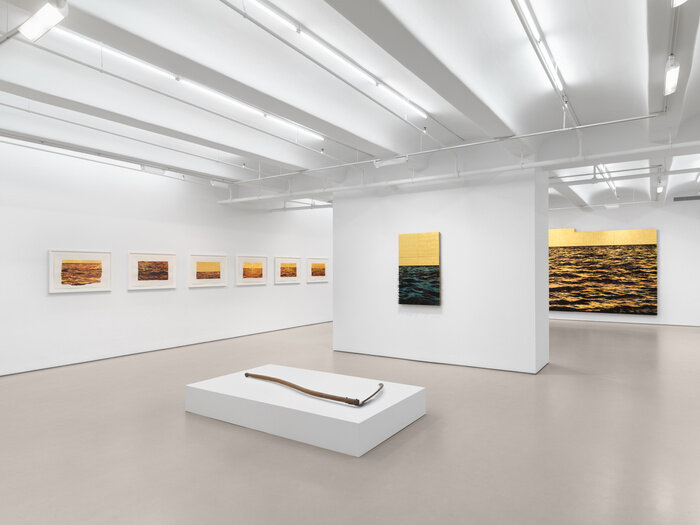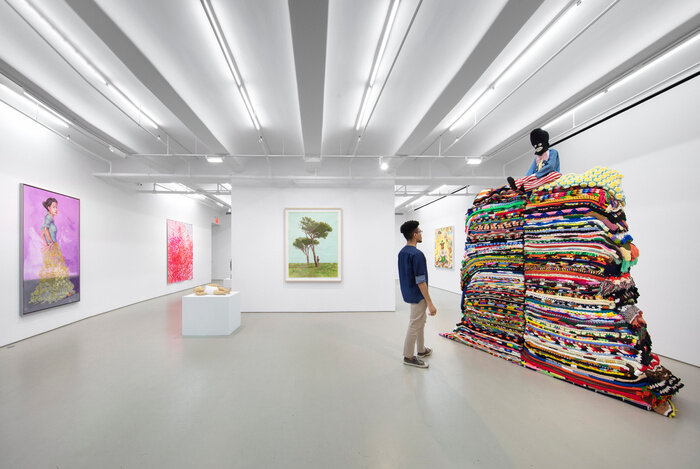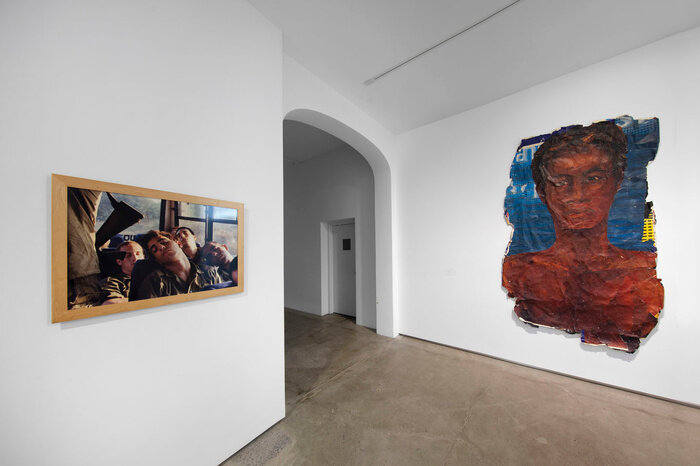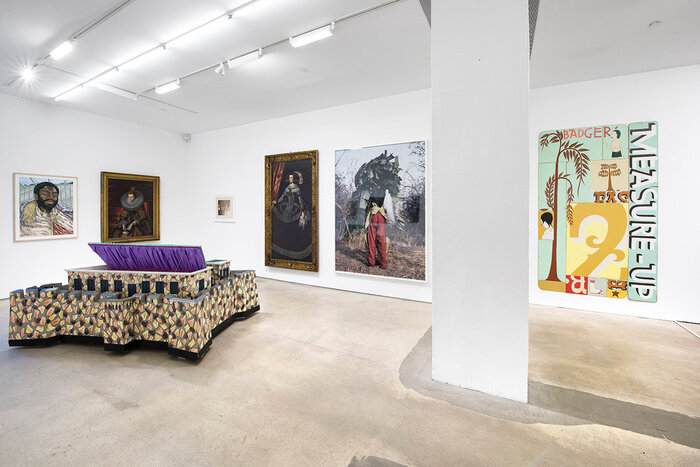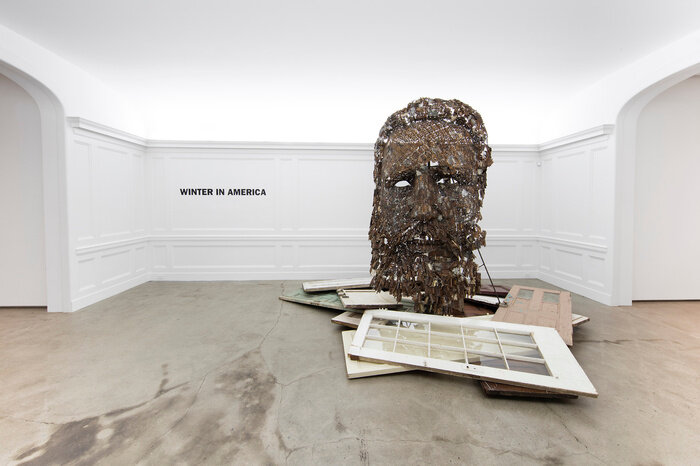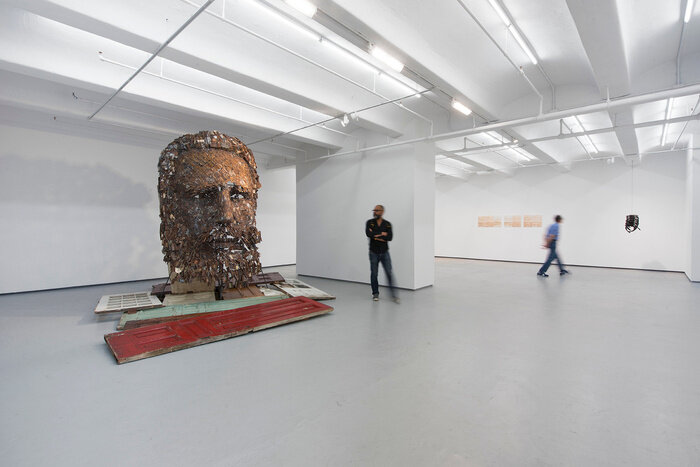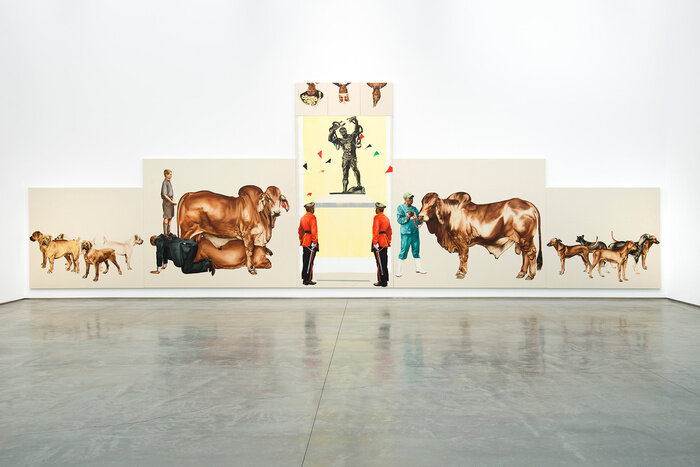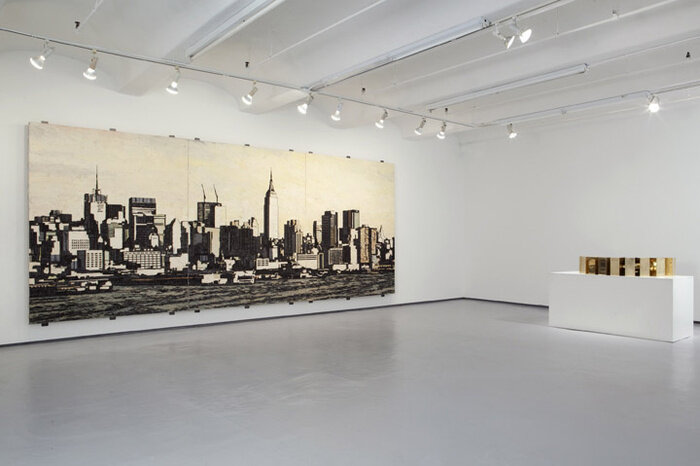Yoan Capote
Works (Tap to zoom)
Biography
Yoan Capote (b.1977 in Havana, Cuba; lives and works in Havana, Cuba) uses sculpture, painting, installation, photography, and video to create analogies between the symbolic meaning of inanimate objects and the human psyche. He utilizes both traditional and unconventional materials, such as human blood and repurposed mundane objects, while also exploring multisensory possibilities within new media. The found objects he selects are chosen with purpose, such as his Isla and Palangre series which he fabricated from thousands of hand-wrought fishhooks. Viewed from a distance, the works read as a classic painting of sea meeting sky. It is only upon close examination that the perilous materials become clear, and the oceanic feeling resonating from the idyllic tableaux shifts to something more sinister.
Capote is highly influenced by his experience in Cuba, and his work often deals with themes of migration and politics. Drawing on the teachings of psychologist Carl Jung, which state that a person’s behavior and thoughts maintain an unconscious link with the past and its archetypes, he delves into his heritage and identity while speaking to a universal experience. Never solely situated in one geographical space, Capote’s work uses the local as a means of addressing the intimate and the personal, while investigating constructions that are rooted in power and difference. The notion of the past as a tightly wound narrative is a long-running theme in Capote’s work, and history is often expressed as a process rife with manipulation, omission and control.
Exhibitions


